What is the hardness of MACOR ceramic parts
MACOR ® is a high-performance ceramic material developed by Corning Company in the United States. Because of its excellent mechanical properties, high temperature resistance and insulation, it is widely used in aerospace, semiconductor, medical equipment and other fields. Among them, hardness is an important indicator to measure its wear resistance and service life.
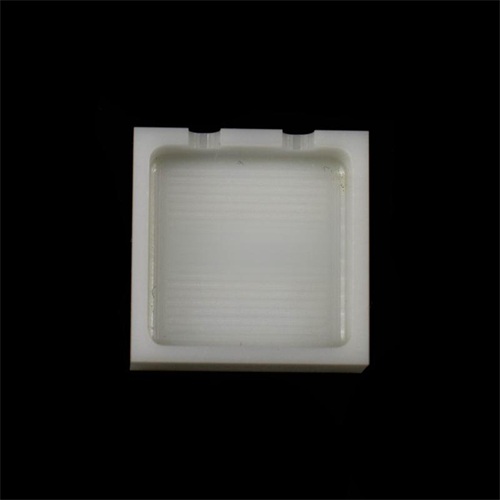
Basic characteristics of MACOR ceramics
MACOR is a machinable glass-ceramic composed mainly of fluorogold mica and borosilicate glass. Its unique microstructure gives it both the high performance of ceramics and the machinability of metals.
Main physical properties
- Density: 2.52 g/cm ³
- Bending strength: about 100 MPa
- Coefficient of thermal expansion: 9.3 × 10/° C (25-300 ° C)
- Maximum operating temperature: 800 ° C (short-term up to 1000 ° C)
- Dielectric strength: 40 kV/mm
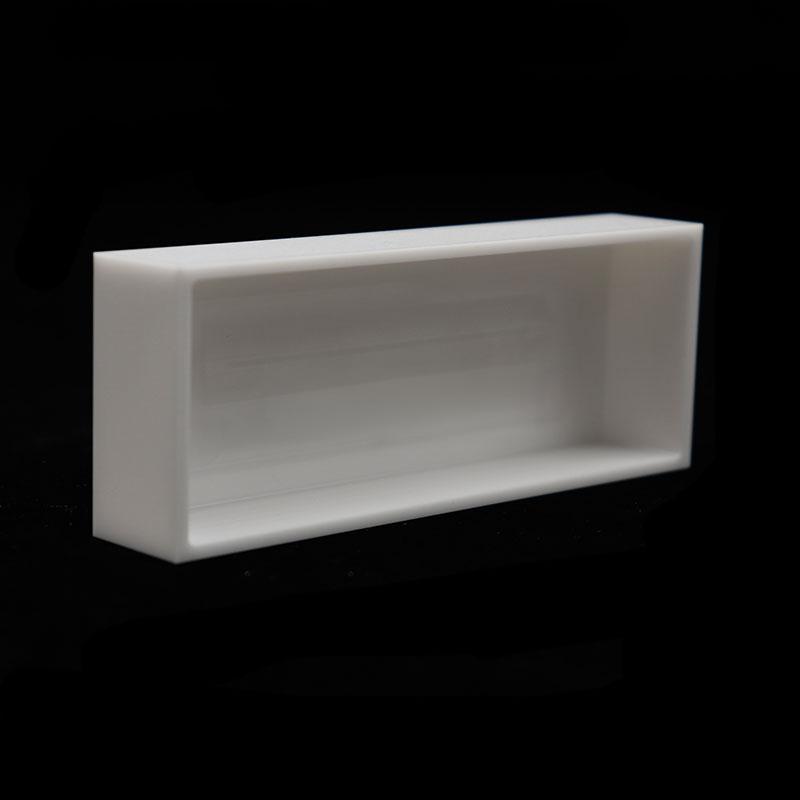
Hardness of MACOR ceramics
Hardness is an important indicator of a material’s resistance to scratches and wear, and is usually expressed as Mohs or Vickers hardness.
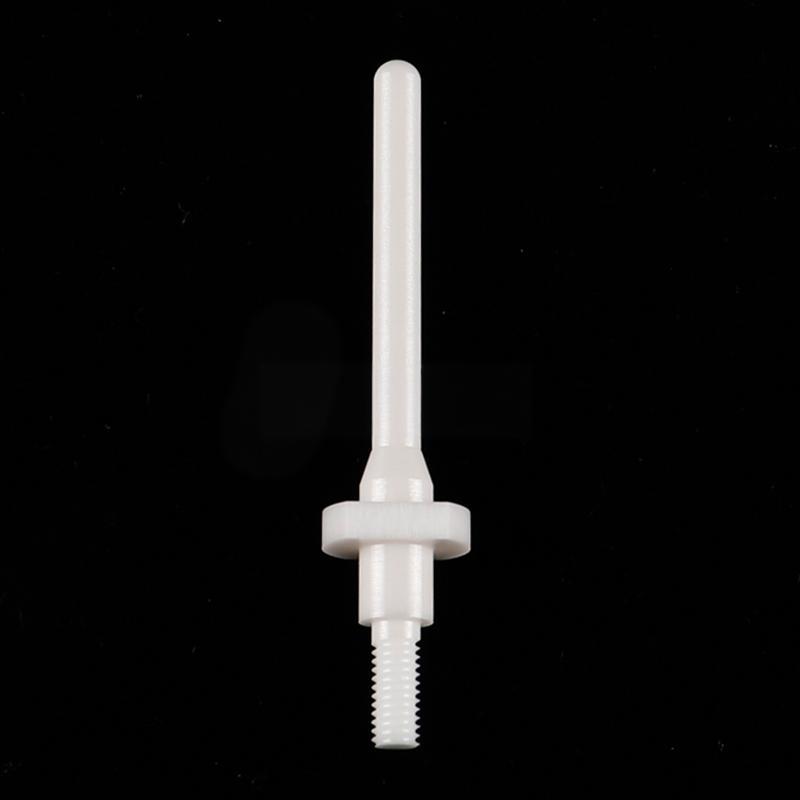
Mohs hardness
MACOR has a Mohs hardness of about 5.5-6, between ordinary glass (5.5) and quartz (7). This means:
It is harder than most plastics and aluminum, but slightly softer than engineering ceramics such as alumina (9) or silicon carbide (9.5).
- Suitable for applications that require a certain degree of wear resistance but avoid being too brittle.
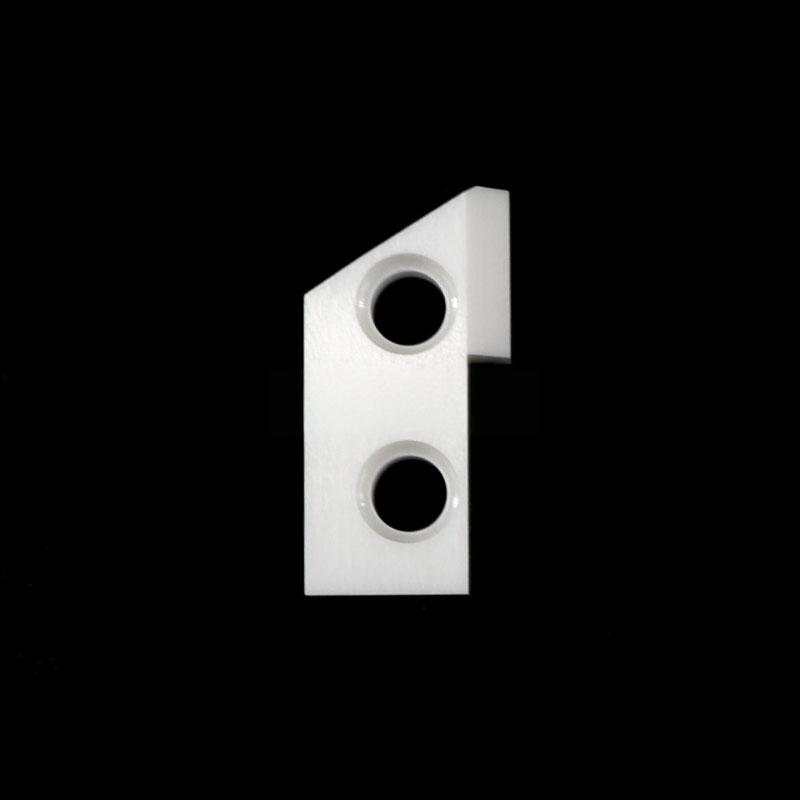
Vickers hardness (HV)
MACOR has a Vickers hardness of around 350-450 HV (depending on test conditions), which is harder than some stainless steels (e.g. 304 stainless steel HV~ 200), but lower than zirconia (1200 HV) or silicon carbide (2500 HV).
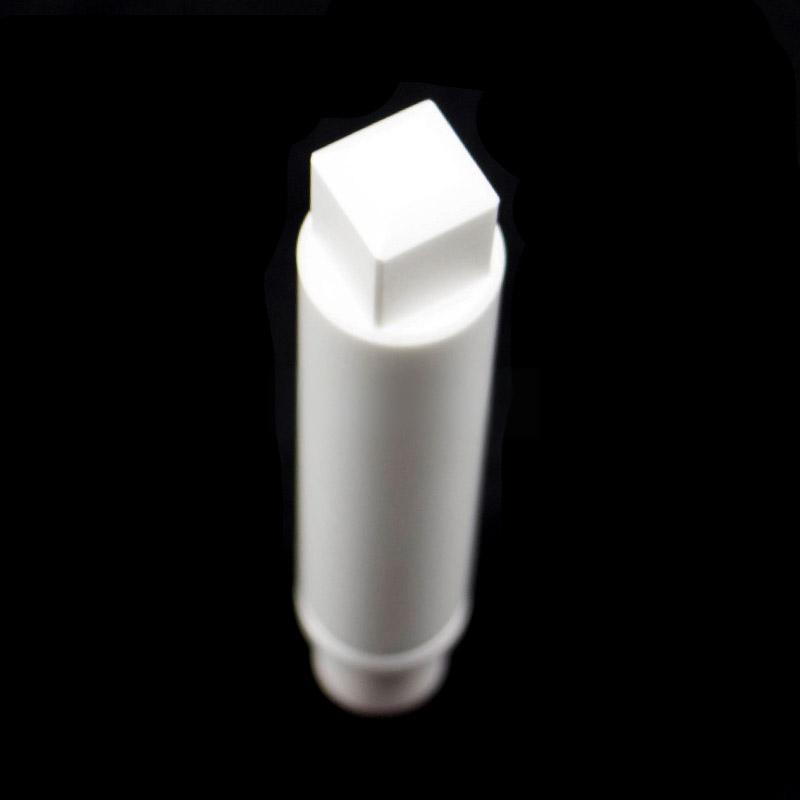
Practical Effects of the Hardness of MACOR Ceramics
Wear resistance and service life
The hardness of MACOR makes it suitable for medium wear environments, such as:
Semiconductor equipment: used for wafer clamping and insulating components to avoid metal contamination.
Vacuum system: as a seal or support structure to reduce particle shedding.
Medical equipment: used in surgical instruments or imaging equipment components to ensure long-term stability.
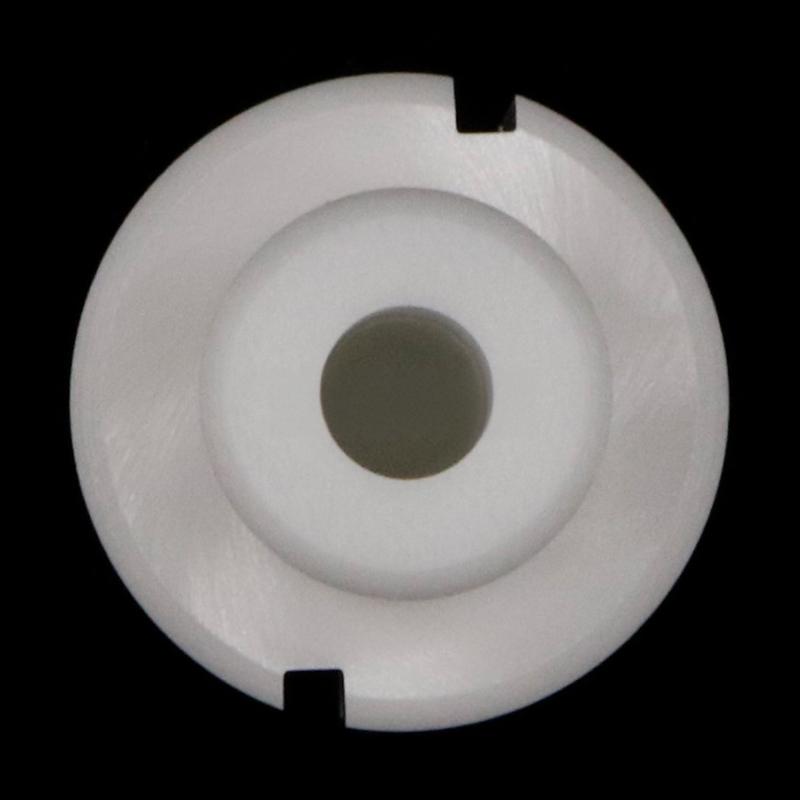
machinability advantage
Although MACOR has a higher hardness, it can still be precisely machined with standard metalworking tools such as lathes, milling machines, rather than using diamond tools like alumina or silicon carbide. This reduces manufacturing costs and cycle times.
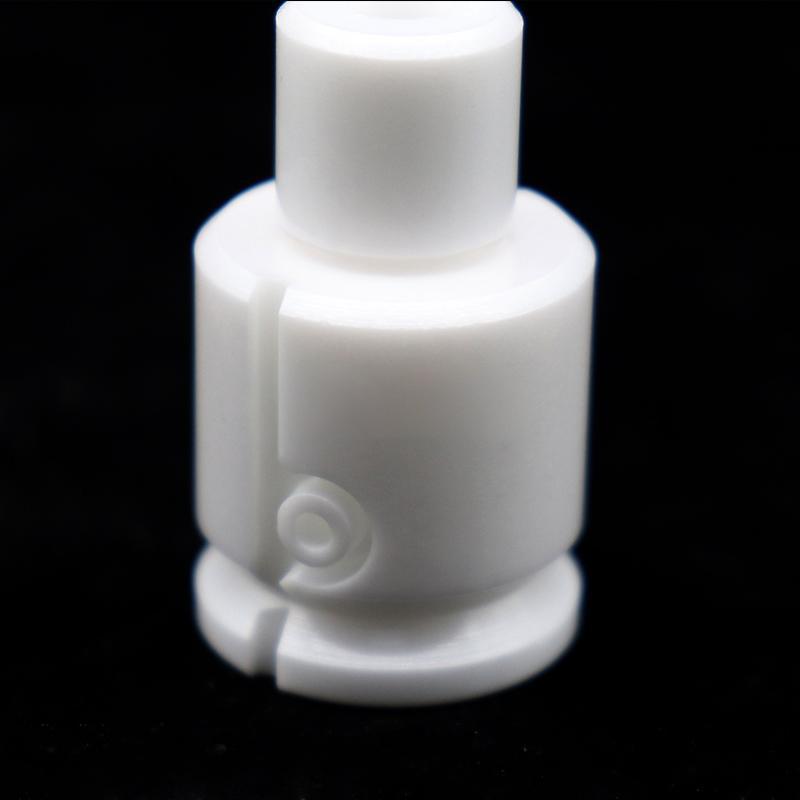
impact resistance
MACOR has a good balance of hardness and toughness, and is more resistant to impact than many high-hardness ceramics (such as zirconia). It is suitable for environments with high vibration or mechanical stress.
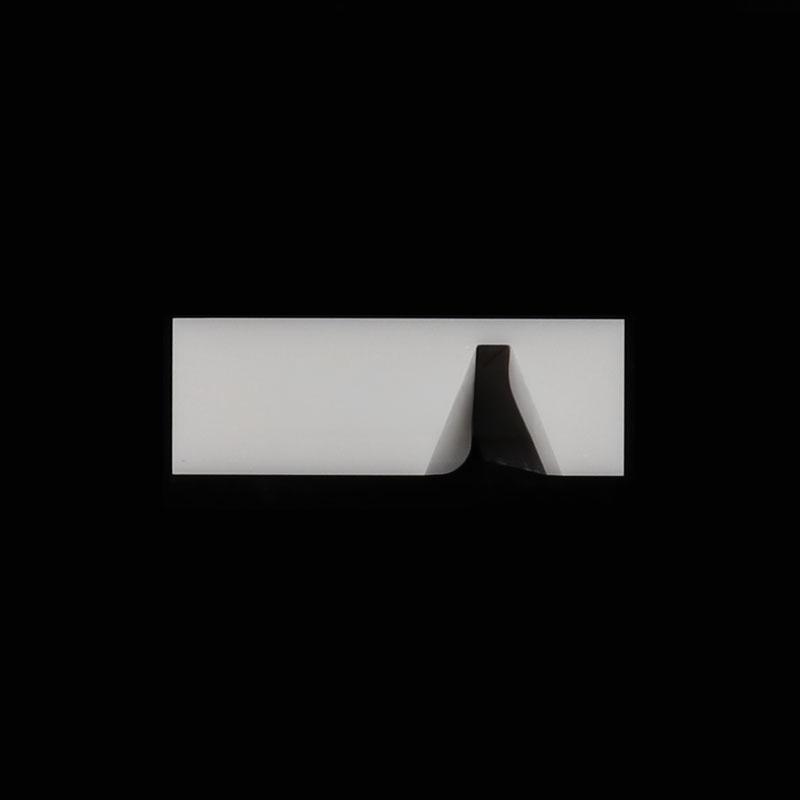
MACOR ceramic application field
With its moderate hardness and comprehensive properties, MACOR is used to:
Aerospace: high-temperature insulation components, radar covers.
Electronics industry: high-frequency circuit boards, vacuum feedthrough parts.
- Medical technology: MRI equipment components, dental restoration molds.
Scientific research equipment: particle accelerator components, laser cavity.
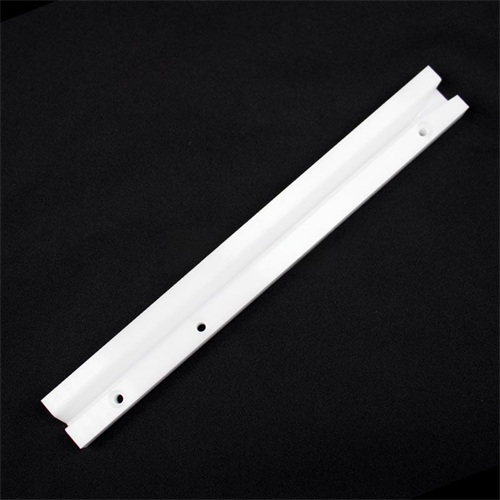
The hardness of MACOR ceramics (Mohs 5.5-6, Vickers 350-450 HV) makes it an ideal material between traditional glass and high-hardness ceramics. It has sufficient wear resistance while maintaining excellent machinability and high temperature resistance, suitable for precision engineering, semiconductor and medical fields.
If higher hardness ceramics are required, alumina or silicon carbide can be considered; but if both processability and performance are required, MACOR is still an irreplaceable choice.
Brudeze Ceramics supplies and sells a wide range of high-quality quartz glass, including alumina ceramics, zirconia ceramics, silicon nitride ceramics, aluminum nitride ceramics, silicon carbide ceramics, boron carbide ceramics, bioceramics, machinable ceramics, etc. We can meet the customization requirements of various ceramic products.
Tags: boron carbide ceramics
PREVIOUS:What are the classifications of alumina ceramics
NEXT:What are the advantages of zirconia ceramics in battery components
CATEGORIES
LATEST NEWS
- What is Macor processable g...
- The material properties and...
- The reason for the high pri...
- What are the preparation me...
- Why modify aluminum nitride...
- Thermal conductivity values...
- What is the thermal expansi...
- Thermal shock resistance of...
- The average coefficient of ...
- What is high alumina ceramic
